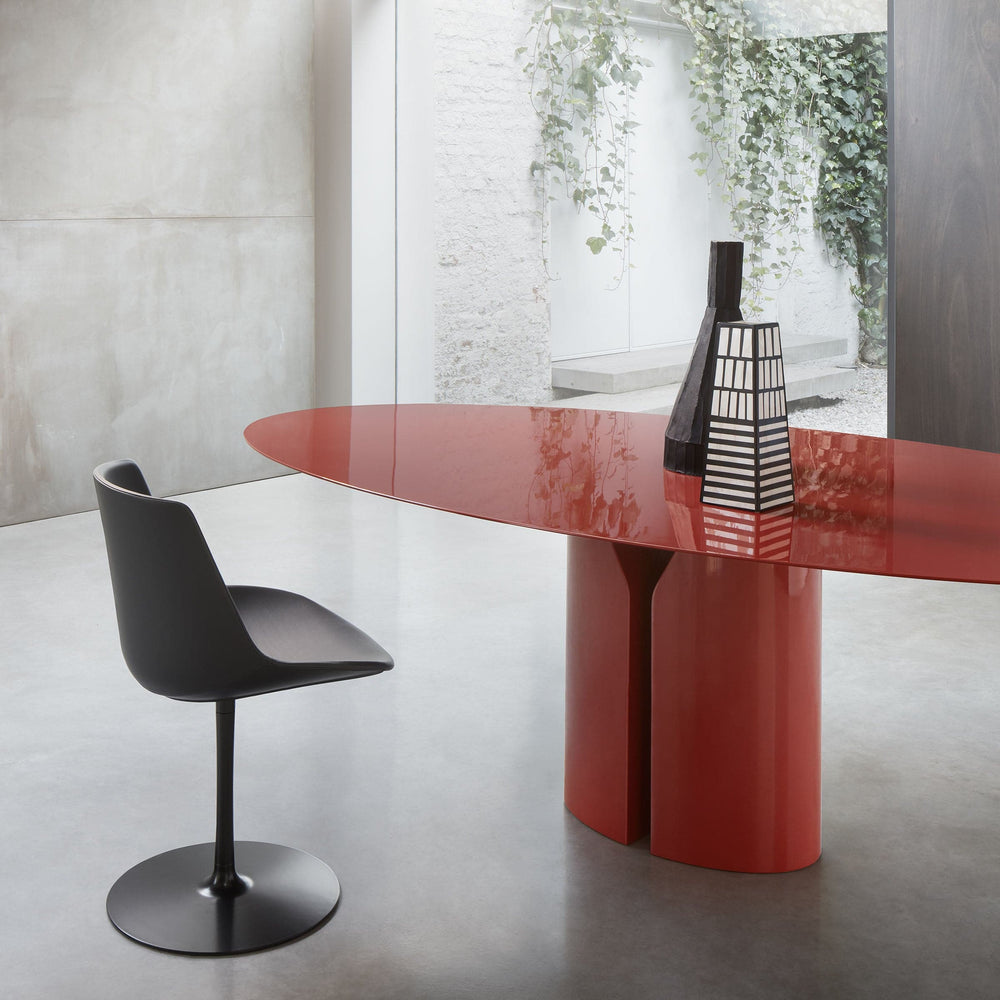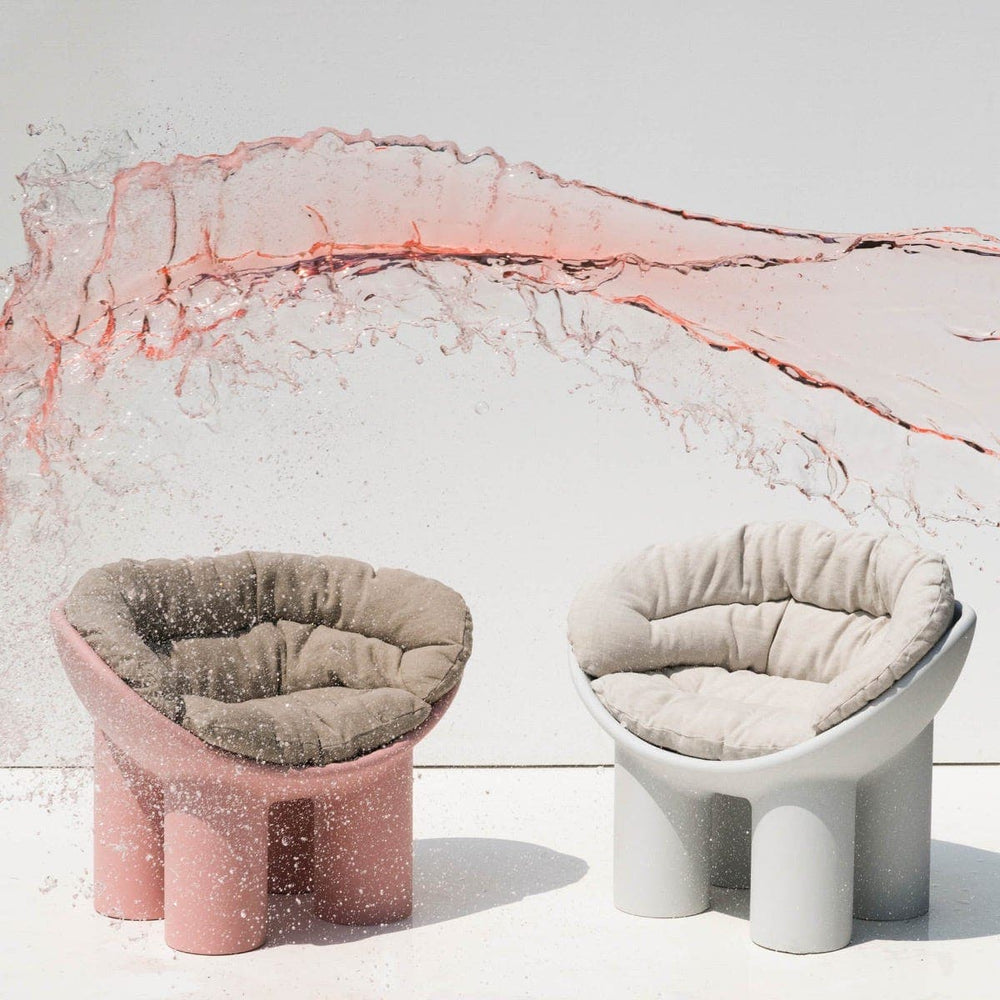DESIGN ITALY EDITORIAL by Cristina Morozzi: What makes a house a home
In this editorial, Cristina Morozzi talks about the indispensable link between our things, our spaces, and how we inhabit those spaces.
Emanuele Coccia’s Philosophy of the Home. The Domestic Space and Happiness was published this year by Einaudi Stile Libero. Coccia is a philosopher, anthropologist and a professor at the School for Advanced Studies in the Social Sciences in Paris. He has authored numerous essays, among which The Life of Plants. A Metaphysics of Mixture (Il Mulino, 2018).
Philosophy of the Home is all about the relationship between us and our objects and can help us clear our minds of certain prejudices on the topic. “Living,” Coccia writes, “does not mean being surrounded by something and occupying a specific portion of the earth’s space. It means weaving such an intense relationship with certain things and people that it makes happiness and existence inseparable (page 6) … Each home is first created through an act of choice: a series of gestures whereby we select various relatively incompatible objects and transform them into a special space (Page 17) ... The things that exist in our apartments are not extensions; they are magnets, attractors, sirens that bend and seduce the reality of the domestic space (page 43) … The home is also where all things become an extension of our subjectivity (page 51) … Any artefact is an extension of the will to build a home, the desire to transform the world and to be able to inhabit it” (page 79).
Producing, selling and accumulating things should not be demonised because it means making spaces habitable.
“It’s no coincidence,” says Coccia - in a conversation entitled Mudanzas (Spanish for ‘move’) with architect and designer Patricia Urquiola at the Milan Triennale on 10 September 2021 - “that when we move, we pack all our belongings into boxes so that they can turn our new space into a home”.
With this perspective, furniture fairs, furnishing and accessories exhibitions, magazines and e-commerce websites dedicated to household items are just what we need to help us learn about and acquire things that can turn our houses into homes.
As Coccia reminds us, “cities aren’t inhabited, they’re lived in”.
Cristina Morozzi
















